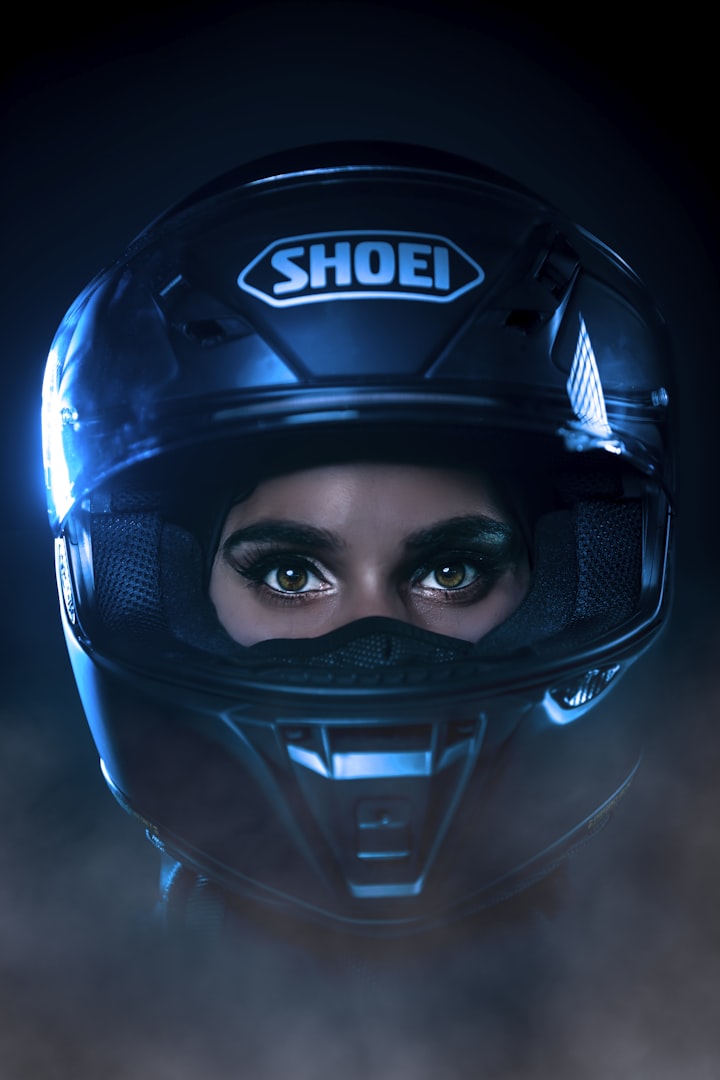
Many people participate in sports that call for head protection. Of course, road riding and skiing are the most common. The following on the list are riders of motorcycles and ATVs. not to mention baseball players and mountain climbers. In fact, helmet use in regular sports is receiving a lot more attention. I'll never forget the images of helmet-clad Japanese schoolchildren crossing the street. Perhaps the Japanese have a point?
Research on the impact of repeated concussions on football players has elevated the field of helmet studies to a whole new level today. The most recent technology, however, was developed in Sweden by a company called MIPS and is based on research on skiing and hockey injuries rather than football injuries. The company and the technology it uses also go by the moniker Multidirectional Impact Protection System. This technique imitates the skull's natural form. Dr. Hans von Host, a brain surgeon at Stockholm's Karolinska Hospital, came up with this concept in the year 1997. After preliminary studies, he began to concentrate on rotating forces rather than direct hits. The aim is to let the brain to float in a cushion of cranial fluid, allowing the brain to move somewhat in both the vertical and lateral planes. As a result, rather than being locked inside the helmet when the head is struck from any angle, the brain slides inside of it. Multiple layers are used in the helmet technology: the outermost shell, an inner dense layer, a sliding surface, and then a softer layer that rests directly on the skull. By permitting some vertical and oblique head movement inside the helmet during deadly blows that would otherwise be absorbed with devastating consequence, this style of helmet boosts concussion resistance. Fortunately, the majority of ski helmet producers are switching to this technology. One of the first was POC of Sweden, and Scott, Burton, and Giro were not far behind. A POC representative demonstrated to me the features of the POC helmet that will be included in many new sport helmets in the future at the recent SIA Snow (Ski Industries of America) Convention in Denver: So that abrupt impacts could be deflected, the outer shell was just a little flexible. Polypropylene foam is used to make the inside liner. It flexes while also being incredibly tough. Even your fingernail won't fit inside of it. Although the inner shell is soft and pleasant, it glides inside a plastic inner skeleton.
If you will, visualize this situation. If you can, apply it to your sport, but it will still help you visualize: In an avalanche, you are. According to POC research, 45% of victims pass away during the slide journey down rather than during the actual burial. If you hit a rock while wearing a standard helmet, it loses all of its legal protection because of its "one time" use provision. Since the hard, non-flexible outer shell is intended to shatter in absorbing shock rather than bend, it is also done mechanically. If you have additional impacts during that incident, your helmet won't offer you any protection. It was created to have just one impact. How many impacts on the helmet of your loved one are you even aware of?
This new technology is being considered by numerous manufacturers. Each year, more recent models become lighter and lighter. A rock climbing helmet is made to withstand rockfall, but it is not made to withstand impacts from skis, such as head-on collisions. You must decide which risk is more significant. For best protection, helmets must be properly fastened during use with a tight helmet strap. The forehead should be covered by the helmet. Some girls find it adorable to wear their helmets tilted back like hats so that their curls may show. That is dangerous. Helmets are worn for safety, not fashion.
You might appreciate features like the hard-yet-flexible shell structure (POC actually utilizes Kevlar in its helmets—the same material used in bulletproof vests) to deflect snow while preventing penetration by sharp pebbles or tree branches. There is also an impact-resistant, insulating liner. To keep goggles focused on the head, a goggle strap retainer is useful. To improve hearing, look for side openings. The profile of the helmet itself ought to permit excellent side vision. In order to maintain the helmet centered and on the head upon impact, search for a chin strap with a quick-release buckle.
Helmets aren't simply for show. They can protect both your life and the lives of the children you are trying to watch over. Newer helmets are on their way. When trying on helmets, look for any "MIPS" stickers or other advertising that is included. They could be a little more expensive, but the peace of mind they'll give you will be worth it.
About the Creator
Aftab VAU
Like to read and write. and love to gather knowladge as much as i can...






Comments
There are no comments for this story
Be the first to respond and start the conversation.